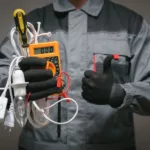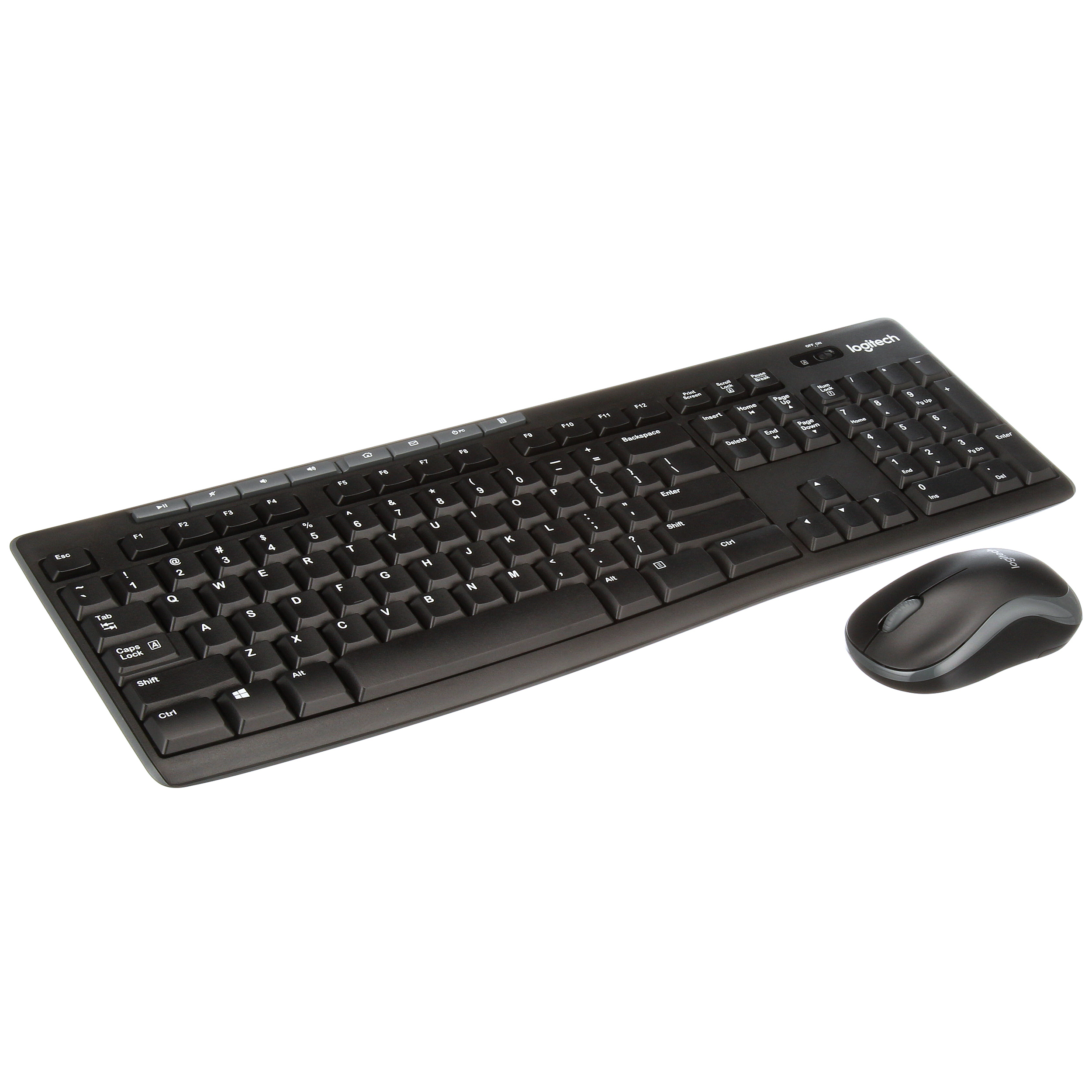A video wall system is a set of monitors that serve as video projectors through their union. Moreover, this creates a huge format emission surface. That is, they function as a large screen or matrix. The number of monitors you use depends on the size of the screen you want to achieve.
For example, you can use four screens for a video wall in a clothing store to display advertisements or 16 screens to cover the entire wall of a shopping center. An IP video wall system allows you to share information in real-time, even worldwide. It can even be useful in emergencies where you need to present continuous data. The most used types of panels are LCD and LED.
In short, the basic idea of this type of system is to simulate a super-giant screen that extends over a large surface. For this reason, this video system is a perfect cost-benefit solution when it is necessary to show large content.
Uses of a video wall system
Full-screen broadcast
This is the most frequent use. Video is transmitted on a large scale, with more than eight monitors at the same time forming a single image.
A different type of information per screen
The same block of screens, where each one shows different content. This is very useful for displaying a lot of information, such as stocks, airports, or sports scores.
Interactivity
The video wall system creates a virtual reality for the user. In other words, through its multiple touch screens, the user accesses more information and videos at the same time.
Professional monitors
These are the devices where you view graphics, images, and videos. You should know that they operate 24 hours a day, seven days a week. It also supports various audio and video inputs and output formats.
Audiovisual content
It is very important that it is of high quality and has enough appeal and a suitable resolution to achieve the desired impact on the viewers. It is also valid to include a sound system that makes the experience more interesting.
Controller and processor
Its function is to take the input signal, then divide it, adjust it to the resolution and finally deliver the information to each screen.
Symmetric and asymmetric video wall system
Now, we can find two types of solutions in an IP video wall. As we already mentioned, these are symmetric and asymmetric.
Symmetrical Videowall
This type of solution corresponds to systems that are created using monitors of the same size and in the same position (either portrait or landscape). This way is the most frequently used for projects. Using the same number of screens on the vertical and horizontal axis, in configurations of 2×2, 3×3, 4×4, etc.
This type of configuration has the main advantage of maintaining the standard proportion of the pixels. These pixels allow the reproduction and creation of video in HD, Full HD, and 4K resolution. These standards allow you to play content such as movies, downloaded videos, TV broadcasts, etc., without deforming or distorting the image.
Asymmetric Videowall
This type of solution consists of creating a video wall system with several screens with a special design in order to cause more impact on the target audience. Within this category, there are two types –
Those made by hardware use special devices that allow any previously made content to be adapted to a configuration. Creating both symmetrical and asymmetrical layouts, regardless of monitor size
Those made by software allow joining professional monitors of the same brand. Likewise, make custom designs using the power of its integrated processors.
Effective communication
Generate a high-impact and highly relevant experience for attendees. In addition, if integrated with digital signage software, the screens can display real-time data from any data source. Likewise, create highly relevant messages aimed at the audience.
Customer service automation
Thanks to the IP video wall system, it is possible to automate many operations and information processes for those attending the event. For example, any type of information related to accessibility to the place means of transport to get to the city or the airport, or the location of the conference rooms within the facilities themselves, etc.
High interactivity
You can transform the screens of a video wall system into interactive digital screens that offer a unique experience to the user, allowing those who attend your event to interact with the information in a very meaningful way. You can even implement it in combination with the use of Smartphones or tablets.













